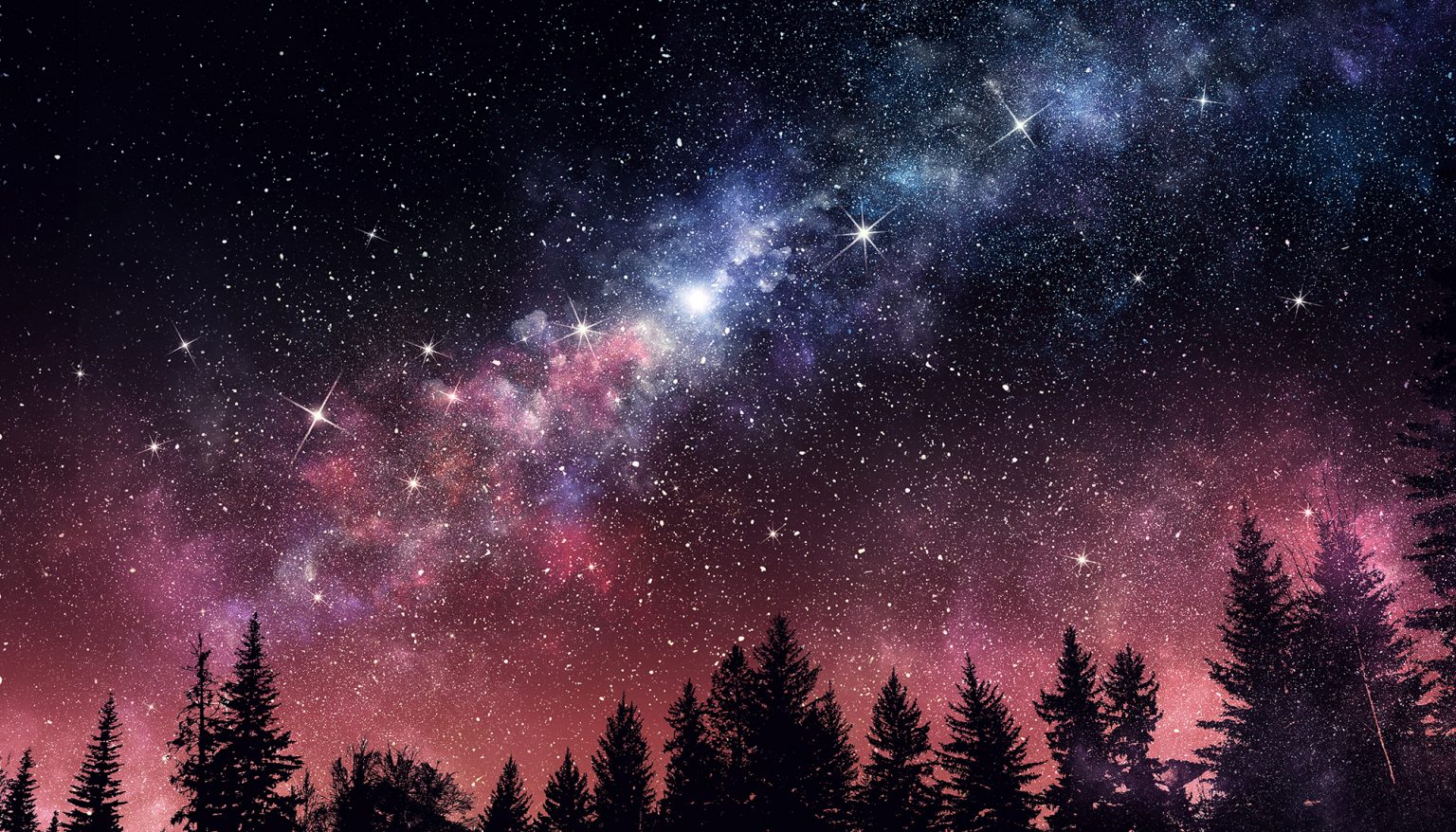More Than 100 Black Holes Are Hiding Within This Large Cluster Of Stars Located 80,000 Light-Years Away

Across the sky, more than 100 stellar-mass black holes are hidden within a large cluster of stars. The star cluster is named Palomar 5, and it stretches out over 30,000 light-years. It is located about 80,000 light-years away. The discovery of the black holes was announced in 2021.
These kinds of clusters are considered ancient remnants of the early universe. They are dense and spherical, usually containing somewhere around 100,000 to one million very old stars. Some of the stars are almost as old as the universe itself, such as NGC 6397.
In each globular cluster, all stars formed simultaneously from the same cloud of gas. The Milky Way has approximately 150 known clusters.
However, another type of star group has been garnering attention over the years. They are shaped more like long, flowing rivers.
They were a challenge to identify in the past, but the Gaia space observatory has been working to map the Milky Way, bringing more of these streams of stars to light.
“We do not know how these streams form, but one idea is that they are disrupted star clusters,” said Mark Gieles, an astrophysicist from the University of Barcelona in Spain.
“However, none of the recently discovered streams have a star cluster associated with them, hence we cannot be sure. So, to understand how these streams formed, we need to study one with a stellar system associated with it. Palomar 5 is the only case, making it a Rosetta Stone for understanding stream formation, and that is why we studied it in detail.”
Palomar 5 is shaped like a long tidal stream, but it also has a broad, loose distribution of stars, or a cluster.
It spans more than 20 degrees of the sky. Gieles and colleagues recreated the orbits and evolutions of each star in the cluster using detailed N-body simulations to determine how they got to where they are today.
Sergey Nivens – stock.adobe.com – illustrative purposes only
Sign up for Chip Chick’s newsletter and get stories like this delivered to your inbox.
The team included black holes in some of their simulations because prior evidence has suggested that black holes could be present in the central regions of globular clusters.
Their results demonstrated that a population of stellar-mass black holes within Palomar 5 could have led to the configuration of stars we see now.
Orbital interactions would have thrown the stars out of the cluster and into the long stream, but only if there were a significantly higher number of black holes than previously predicted.
The stars escaping the cluster would have changed the proportion of black holes, leading to a major increase.
“The number of black holes is roughly three times larger than expected from the number of stars in the cluster, and it means that more than 20 percent of the total cluster mass is made up of black holes,” Gieles said.
He added that the black holes all had a mass that was 20 times greater than the mass of the sun and that they formed in supernova explosions when the cluster was still young. The team’s simulations illustrated that the cluster will disappear in around a billion years.
Right before this will happen, whatever remains of the cluster will be made up of entirely black holes that orbit the galactic center. It is likely that other globular star clusters will eventually share the same fate.
Overall, the findings have revealed that globular clusters might be a good place to look for black holes. It is believed that a lot of black holes form in star clusters.
The study was published in Nature Astronomy.
Welcome to Billionaire Club Co LLC, your gateway to a brand-new social media experience! Sign up today and dive into over 10,000 fresh daily articles and videos curated just for your enjoyment. Enjoy the ad free experience, unlimited content interactions, and get that coveted blue check verification—all for just $1 a month!
Account Frozen
Your account is frozen. You can still view content but cannot interact with it.
Please go to your settings to update your account status.
Open Profile Settings